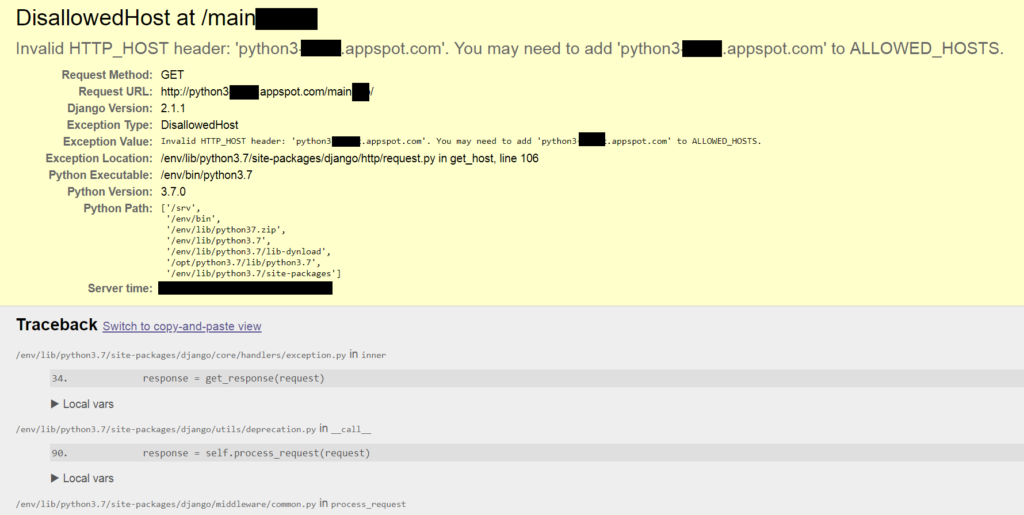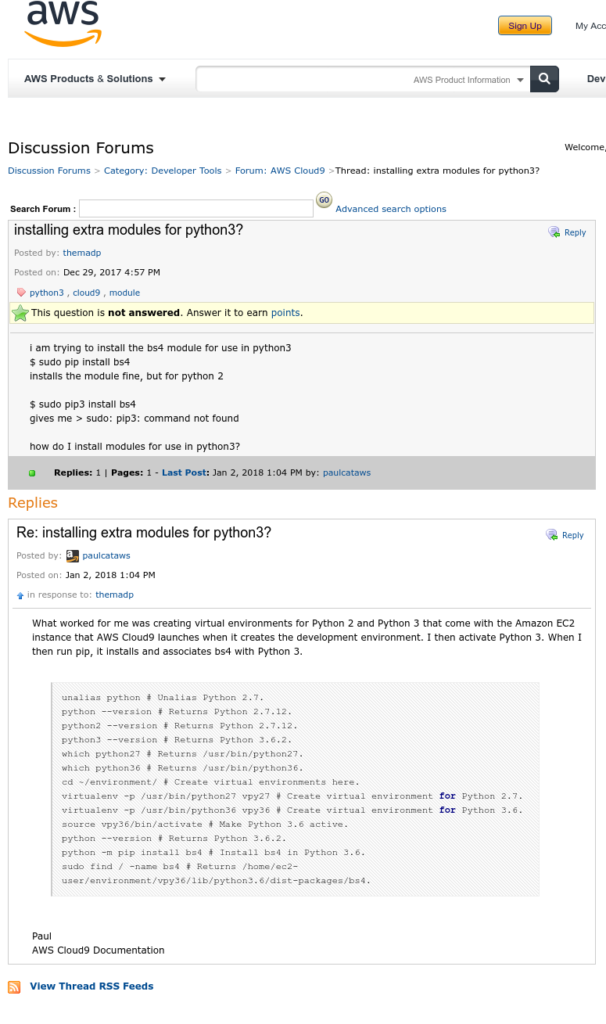I often use the Python sqlite3 module: it helps save time during development as it’s a lightweight SQL engine. Even in production, some small applications can get away with running SQLite instead of a more normal SQL application.
To create a table in sqlite:
import sqlite3
def create_table():
create_table_sql = """CREATE TABLE tweets (id INTEGER PRIMARY KEY AUTOINCREMENT NOT NULL UNIQUE,
posted_date DATETIME, tweet_text VARCHAR(300),
user VARCHAR(20), retweet_count int, favorite_count int,
original_tweet_id VARCHAR(20)
original_user VARCHAR(20));"""
conn = sqlite3.connect("example.db")
c = conn.cursor()
c.execute(create_table_sql)
conn.commit()
conn.close()And to execute operations against the created table, you simply need to connect to example.db and run c.execute:
# Execute into sqlite
conn = sqlite3.connect("example.db")
c = conn.cursor()

